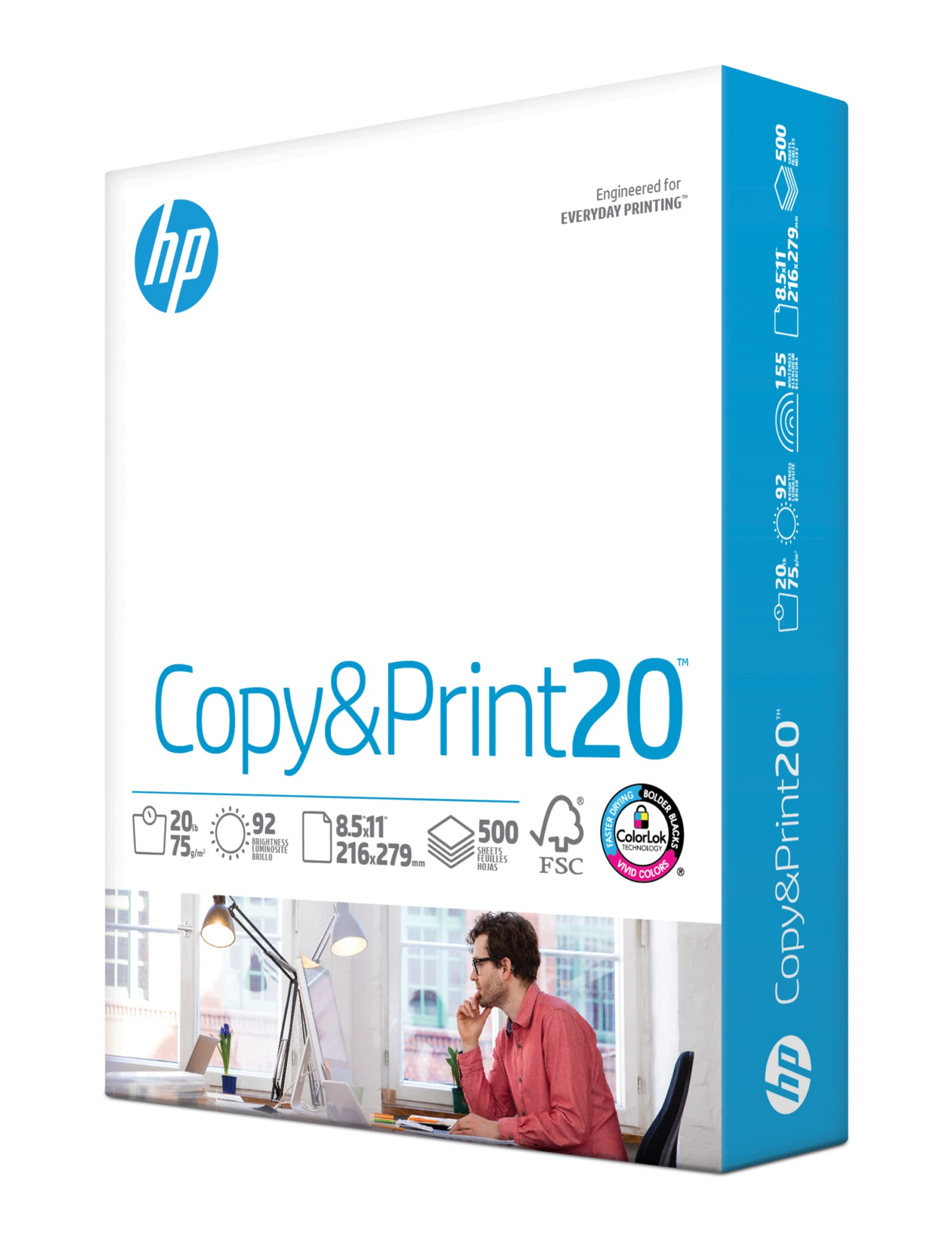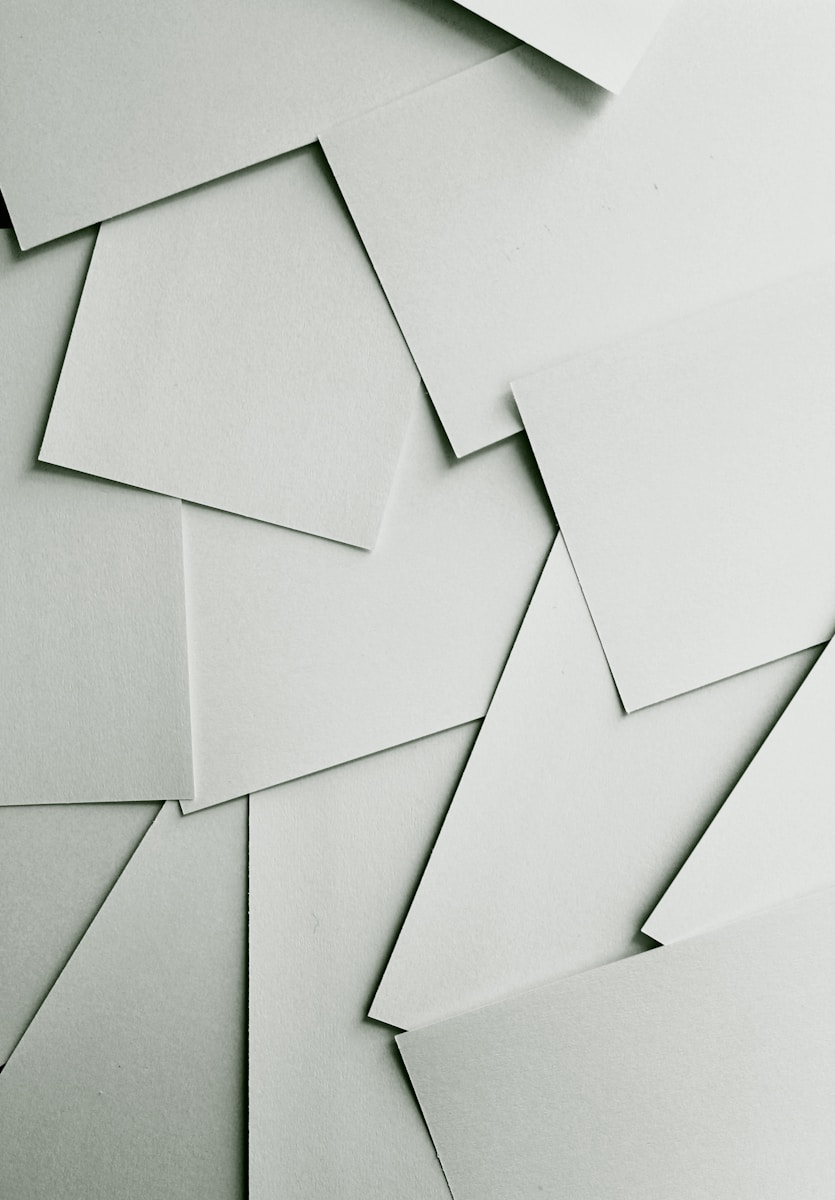Papermaking is a craft that transforms raw materials into the sheets we use every day. Printer paper is made primarily from wood fibers, often sourced from a variety of trees, including both hardwoods for strength and softwoods for durability. These fibers are transformed into a pulp, mixed with water, and processed into thin, durable sheets.
The papermaking process begins with the extraction of cellulose fibers from wood. These fibers are pulped and then combined with water to create a slurry. This slurry is spread onto a wire mesh to drain the water, forming a continuous sheet. Through careful pressing and drying, the pulp is flattened into paper of specific weights and characteristics suitable for printing.
Modern printing paper offers features such as brightness and opacity. Brightness affects how well the printed documents stand out, while opacity ensures that text does not show through the paper. Paper weight, which is measured in pounds per ream, also influences the quality and usage of the paper, with heavier paper often used for high-quality printing.

Crafting Printer Paper: From Pulp to Page
Raw Materials and Initial Processing
The papermaking process begins with the raw material—trees. While various types of wood can be used, the most common are softwoods like spruce and pine. Trees are harvested and transported to paper mills, where they undergo the first step in the papermaking process: debarking. This involves removing the outer layer of bark from the logs, typically using a machine known as a debarker.
Pulping: Breaking Down the Wood
Once debarked, the logs are chipped into small pieces. These wood chips are then subjected to a process called pulping, which aims to separate the wood fibers from the lignin, a natural glue-like substance that holds the wood together.
There are two main pulping methods:
- Mechanical Pulping: This method uses mechanical force to grind the wood chips into a pulp. It is less expensive but results in a lower-quality pulp with shorter fibers.
- Chemical Pulping: This method involves cooking the wood chips in chemicals to dissolve the lignin and free the fibers. It produces a higher-quality pulp with longer fibers.
Cleaning and Bleaching
After pulping, the resulting pulp is washed to remove any remaining chemicals or impurities. Depending on the desired quality and color of the paper, the pulp may also undergo bleaching to whiten it. This is typically done using chlorine dioxide or other bleaching agents.
Refining and Beating
To improve the quality and characteristics of the paper, the pulp undergoes further processing known as refining and beating. Refining involves passing the pulp through a machine that cuts and fibrillates the fibers, increasing their surface area and enhancing bonding. Beating, on the other hand, involves pounding the pulp to further develop the fibers and improve their ability to form a strong paper sheet.
Papermaking on the Fourdrinier Machine
The refined pulp, now diluted with water to form a slurry, is then fed onto a Fourdrinier machine. This is a continuous papermaking machine that plays a crucial role in forming the paper sheet.
The Fourdrinier machine consists of a series of components:
- Headbox: Delivers the pulp slurry onto a moving wire mesh.
- Wire Section: Allows water to drain from the slurry, forming a wet web of fibers.
- Press Section: Squeezes out more water from the web, increasing its strength.
- Dryer Section: Dries the web using heated cylinders, removing most of the remaining moisture.
- Calendar Section: Smooths and compresses the web, giving it a uniform thickness and surface finish.
- Reel: Winds the finished paper into large rolls.
Finishing and Converting
The large rolls of paper produced by the Fourdrinier machine are then converted into smaller rolls or sheets, depending on the intended use. This involves cutting, trimming, and packaging the paper according to specific requirements.
Common Printer Paper Sizes and Weights
Printer paper comes in various standard sizes and weights. The most common size in North America is letter size (8.5 x 11 inches), while A4 size (210 x 297 mm) is widely used in Europe and other parts of the world.
| Size | Dimensions (inches) | Weight (lb) |
|---|---|---|
| Letter | 8.5 x 11 | 20, 24, 28 |
| Legal | 8.5 x 14 | 20, 24 |
| Ledger | 11 x 17 | 20, 24 |
| Tabloid | 11 x 17 | 20, 24 |
The weight of printer paper is typically measured in pounds per ream (500 sheets). Common weights for letter-size paper include 20 lb, 24 lb, and 28 lb. Heavier paper is generally thicker and more durable.
Key Takeaways
- Printer paper is made from a blend of hardwood and softwood fibers.
- The papermaking process includes pulping, pressing, and drying.
- Brightness, opacity, and weight are key characteristics of printing paper.
Paper Composition and Characteristics
Printer paper has many components and traits that decide how well it performs with different print materials and methods.
Raw Materials and Pulp Production
Mechanical and chemical pulp are the two main types of cellulose fibers used in making paper. Mechanical pulp comes from grinding wood logs, preserving most of the wood’s natural structure. This type of pulp is excellent for making lower-quality paper due to its high yield and lower cost.
Chemical pulp uses chemicals to break down wood into fibers, producing stronger and higher-quality paper. The kraft process is widely used because it handles many wood types and produces robust, bright pulp. The type of pulp impacts the paper’s final use and quality.
Paper Types and Specifications
Various paper types exist to fit specific uses. Copy paper is standard for everyday printing, available in sizes like A4 and letter. Inkjet paper absorbs inkjets without smudging. Laser paper withstands high temperatures from laser printers. Cardstock is thicker for cards and covers.
Photo paper comes with a glossy or matte coating for printing photos. Paper specifications like weight, thickness, and brightness help users choose the right paper for their needs. Higher weight papers are thicker and often used for professional prints.
Standardization and Sizing
Paper sizes differ by region. In North America, common sizes include letter, legal, and tabloid. The International Standard (ISO 216) defines sizes such as A4, A3, and A5. These sizes follow an aspect ratio that ensures consistency worldwide.
Standard sizes help in producing and using paper efficiently. The American National Standards Institute (ANSI) sets standards for North American paper sizes, ensuring they meet industry needs. Standardized sizes and qualities make paper production and usage predictable and reliable.
Printing and Usage
Printer paper has a variety of uses, shaped by its manufacturing process and the specific qualities that make it suitable for different printing needs.
Process and Machinery
The production starts with pulping, where wood or recycled paper is turned into pulp. This pulp is then cleaned to remove impurities. In the paper mill, the pulp goes through the press section to remove water and form sheets. Various coatings like starch or glossy finishes are applied, depending on the type of paper being made. The sheets are then dried, cut, and packaged.
Market and Applications
Printer paper is used in many ways. It comes in sizes like A6, legal paper, and letter paper. Various types exist, such as bond paper for legal documents, multipurpose paper for everyday use, and premium paper for high-quality prints. It’s used for making books, magazines, flyers, catalogs, and notebooks. For thermal printers, special thermal paper is used. Packaging and labels also rely on specific paper types designed for durability.
Selection and Considerations
When choosing the right printer paper, consider the intended use. For high-quality prints, opt for glossy or matte finish paper. For general use, multipurpose paper is suitable. Look at the gsm (grams per square meter) to gauge thickness; heavier paper often means better quality. Also, factors like how well the paper absorbs ink and handles magnification are important for achieving the best print results.
Frequently Asked Questions
Printer paper production involves several steps, starting from raw materials to the final product. These questions cover the basics of the making process, materials involved, and the role of wood pulp.
What is the manufacturing process for printer paper?
Printer paper is made by converting raw wood into pulp. This pulp is then cleaned and pressed into sheets. Each step focuses on ensuring the paper is smooth and durable.
Can you describe the steps involved in producing paper from trees?
The process starts with logging trees and transporting them to a mill. The bark is removed, and the wood is chipped. These chips are then cooked to create a thick slurry called pulp. This pulp is cleaned, pressed, and dried into sheets.
What raw materials are utilized in the production of printing paper?
The primary raw material is wood. Wood chips, made from trees like pine and spruce, are used. Recycled paper, water, and certain chemicals help bind the fibers and give the paper unique properties.
What is the role of wood pulp in the creation of printer paper?
Wood pulp is the essential material in making printer paper. It consists of cellulose fibers that are transformed into paper. The pulp’s quality affects the final product’s strength, texture, and printability.
Could you outline the five main steps of the paper-making process?
- Harvesting and Chipping: Trees are harvested and turned into small wood chips.
- Pulping: Wood chips are pulped to create a soft, fibrous slurry.
- Cleaning and Refining: The pulp is cleaned and refined to remove impurities.
- Sheet Formation: The clean pulp is spread into sheets, pressed, and dried.
- Finishing: Sheets are finished by cutting, smoothing, and packaging.
What substances constitute the composition of printer paper?
Printer paper is made from cellulose fibers, mainly from wood pulp. Other substances include water and various additives like binders and fillers. These materials ensure strength and smoothness, which are crucial for printing.






